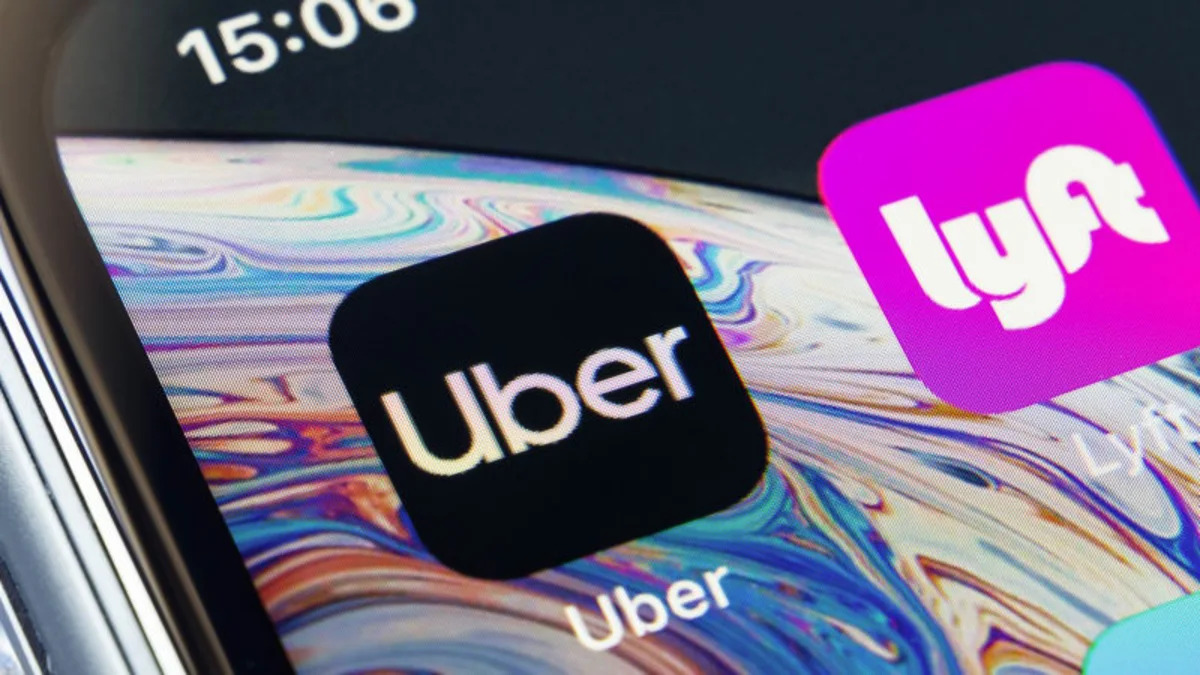Uber and Lyft have dropped their prices precipitously over the last few years and it now costs well below the price of a taxi to take an Uber or Lyft. Yet, if you use Uber and Lyft frequently, it can still add up. Minimum fares for the shortest-distance trips average around $7 to $8. So while the one-way price may be affordable, the round-trip price will be double that.
So, let’s take a look at some ways you can save a little money when you hail a ride.
Promotional discounts
The first and most obvious place to look for discounts is in the apps or on the rideshare companies’ respective websites. Uber’s most current promo codes can be found here, and Lyft’s can be found here.
These codes are for first-time riders only and they are exactly the same discount for both companies.
For Uber, the new rider codes are:
- NEWRIDER15 $15 total credit: $5 credit per ride for 3 rides
- NEWRIDER16 $16 total credit: $4 credit per ride for 4 rides
- NEWRIDER18 $18 total credit: $3 credit per ride for 6 rides
- NEWRIDER25 $25 total credit: $2.50 credit per ride for 10 rides
And for Lyft, the codes are:
- LYFTPROMO15 $15 total credit: $5 credit per ride for 3 rides
- LYFTPROMO16 $16 total credit: $4 credit per ride for 4 rides
- LYFTPROMO18 $18 total credit: $3 credit per ride for 6 rides
- LYFTPROMO25 $25 total credit: $2.50 credit per ride for 10 rides
Promotions for existing customers
Uber and Lyft both frequently offer promotional discounts to current customers. They will notify you in the app and by email or text when one is available for you.
Uber also has a program called Uber Cash, where you can purchase credits in advance for a discount based on how much you spend.
Pay $100 up front and you’ll get a 5% discount. Pay $50 in advance for a 3% discount and purchase a $25 advance credit for a 2% discount.
You can add funds to your Uber Cash balance using just about any payment method, including Venmo and PayPal. They also have an auto-refill feature that will automatically add the amount you select whenever your balance drops below $10. It will add your selected amount and apply the discount at the same time.
When you choose Uber Cash as your payment method, cash from other sources may appear there from time to time, seemingly magically. Any credit you receive from Uber goes toward your total balance and is included when calculating your discount. Funds may come in from Uber gift cards, Visa Local Offers and customer support refunds.
Lyft also has its own discount plans but they’re not as transparent about the exact amounts you’ll save. That’s because they offer different discounts to different customers based on a variety of algorithmic factors.
Lyft has three different types of discounts:
- Percentage discounts: these discounts reduce your fare by a certain percentage. The discounts only apply to the fare, not to additional fees or tips.
- Fixed discounts: these discounts deduct a set dollar amount from your fare. They cover your fare plus some additional fees, but not tips, cancellation fees or damage fees.
- Flat fares: This discount type allows you to pay a set amount for rides up to a certain amount. Anything over the discount amount will have to be paid out of pocket. So, they might offer you a $5 fare for rides costing up to $10. If the fare comes to anything between $5 and $10, you’ll only pay $5. But if the fare is, say, $12, you’ll pay $5 for the $10 portion of the fare, then you’ll pay anything over $10. In this case, you’d pay $2 in addition to the flat $5 fare.
There is no way to obtain a discount other than to claim it when Lyft offers it. To make sure you don’t miss an offer, check with the app where they’ll put a notification.
If you are a regular Lyft user, it seems that one way to get a discount is to stop using Lyft for a while. Depending on how frequently you use them, when they notice you’ve slowed down, they’ll usually send a discount offer soon thereafter.
In fact, one of the best ways to get a steady stream of discount offers is to switch back and forth between Uber and Lyft. Take Uber for a few weeks, then switch to Lyft for a few weeks. Without a doubt you’ll start getting discount offers from Uber. When you do, switch back and wait until the offers start rolling in from Lyft. Their algorithms know when your habits have changed and they’ll send you offers to entice you back.
Split payments with a friend
One of the easiest ways to save money on rideshare is to use the “split fare” feature provided by both Uber and Lyft.
They’ve both had this feature for a long time, but it’s often overlooked. If you take a ride with a friend, you can indicate through the app that you want to split the fare with them. You enter their email address or phone number and the app will automatically charge them for half and charge you for half. That will cut the fare for both of you in half every time.
Pooling resources
One of the original promises of rideshare was that it would actually be ride sharing. And truly shared rides would lessen congestion on the roads as well as the impact driving has on the environment. But for the most part, that has not panned out as riders prefer not to share their rides but rather to ride alone.
Lyft eventually began offering a true ridesharing service called Lyft Line, which is basically a carpool service, albeit carpool with strangers. You can save up to half on the fare, but usually it’s less. Sometimes it’s just a couple of dollars. But other times it’s a substantial portion of the fare.
When Lyft Line started, corporate execs questioned whether or not people would be willing to ride not only with a driver who is a stranger, but with another passenger who is a stranger as well. It turned out people were willing to ride with up to four strangers, as long as the ride was cheap.
While Lyft had the original carpooling idea, Uber beat them to the punch and got on the road with it first with a service called Uber Pool. It works basically the same way. Passengers are paired up with other passengers who are starting in close proximity to one another and who are going in the same basic direction.
While it sounds good in theory, in practice it’s often a mess. It may save you a substantial portion of the fare, but it's only recommend if you have plenty of extra time. Trips can end up taking twice as long as usual. Sometimes you’ll be paired up with several passengers along your route. After the first additional passenger is picked up, another passenger may be added to the trip. Each additional passenger adds time as the driver has to leave the fastest route to pick them up. And there’s the waiting time if the passenger isn’t ready and waiting for the ride when your car arrives.
Once the additional passenger is dropped off, they may get a call from yet another passenger and you may have to suffer through two or three more pickups along the way, plus all the drop-offs. Just because you’re the first one in the car doesn’t mean you’ll be the first one out. There could be one, two or three pickups and drop-offs before you eventually get to your destination. Definitely don’t use this method if you’re headed for the airport and you’re late for your flight!
Take longer rides
The longer the rides you take, the cheaper they will be per mile. That’s because both Uber and Lyft have certain fixed fees that are added to all trips regardless of time or distance traveled. If you take a two-mile trip that costs $8, you’ll pay $4 per mile. But if you take a 10-mile trip, you’ll end up paying something closer to $1.25 per mile.
Both companies have a minimum fare, usually ranging from $4 to $7, depending on what city you’re in. So, if you use them to go half a mile, you’re going to pay the same minimum you’d pay if you went three to four miles. So, remember, short trips are more expensive per mile than longer trips.
How do cheap fares affect drivers?
Cheaper fares mean that drivers make less, and while that may not be your immediate concern, it is something to think about. The less drivers make, the less money they have to keep their cars well-maintained and in tip-top shape, and that can have a bearing on vehicle safety.
While everything may look good to the naked eye, you could be traveling in a car that desperately needs a new set of brake pads. If they’re putting off routine maintenance as long as possible, such as oil changes and replacing brake pads, they may not be transporting passengers in the safest cars on the road. So, there is that tradeoff to think about when seeking the cheapest possible rides.
Related Articles:
- How to become an Uber or Lyft Driver
- How to deal with problem rideshare customers
- Turo and Hyrecar: What to know before you share your car
- Pros and cons of working in the gig economy
- Alternatives to driving for Uber or Lyft
- The reality of how much you'll earn as an Uber driver
- The best vehicles to drive for Uber or Lyft
- What parents need to know when using Uber and Lyft with children
- Five ride apps for kids



Sign in to post
Please sign in to leave a comment.
Continue